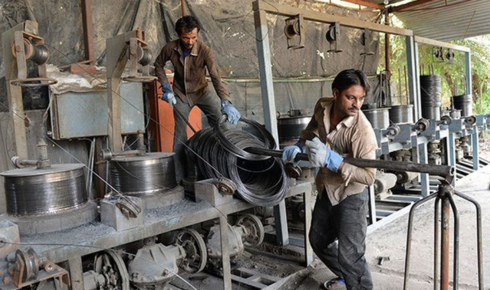Every organisation faces times when managing workforce size becomes essential for financial stability and operational efficiency. Decisions about reducing manpower are never easy, and they must balance business priorities with employee welfare and compliance requirements. This is where understanding what is VRS and the provisions under Section 25f of Industrial Dispute Act becomes critical for employers.
What is VRS and How It Helps Businesses
Voluntary Retirement Scheme (VRS) is a policy tool that allows employees to retire earlier than the standard age on their own choice, usually in return for a compensation package. For employers, VRS is not about termination but about creating an option for employees to exit gracefully. Companies introduce VRS to:
- Manage surplus staff without disputes
- Lower long-term payroll costs
- Adjust workforce structures in line with changing business models
Unlike sudden layoffs, VRS is often seen as a softer, employee-friendly method of restructuring. It also helps maintain the organisation’s reputation since employees are leaving through consent rather than compulsion.
Section 25F of Industrial Dispute Act – A Mandatory Compliance Step
On the other hand, if employers need to proceed with retrenchment, they must comply with Section 25f of Industrial Dispute Act, 1947. This section outlines the legal conditions that protect employees during retrenchment. Employers are required to:
- Provide one month’s notice or wages in lieu of notice
- Pay retrenchment compensation equivalent to 15 days’ average wages for every completed year of service
- Notify the appropriate government authority about the retrenchment action
Ignoring these steps can expose businesses to legal disputes, orders for reinstatement, or monetary penalties. Therefore, compliance is not optional but a statutory obligation that ensures fairness in the process.
Deciding Between VRS and Retrenchment
Employers must carefully evaluate whether to opt for VRS or retrenchment. VRS provides flexibility and is generally well-accepted by employees, whereas retrenchment is bound by strict legal processes and may lead to resistance if not handled carefully. Factors like cost burden, talent requirements, and risk of litigation should guide the choice.
Employer Best Practices
To ensure smooth execution of either measure, companies should:
- Carry out a legal compliance check before starting the process
- Maintain open and honest communication with staff and unions
- Keep written records of all notices, offers, and settlements
- Take expert legal advice where state-specific labour regulations apply
Final Word
For employers, knowing what is VRS and respecting the safeguards under Section 25f of Industrial Dispute Act is crucial for sustainable workforce management. By approaching these processes thoughtfully, businesses can achieve restructuring goals while maintaining fairness, compliance, and trust within the organisation.
